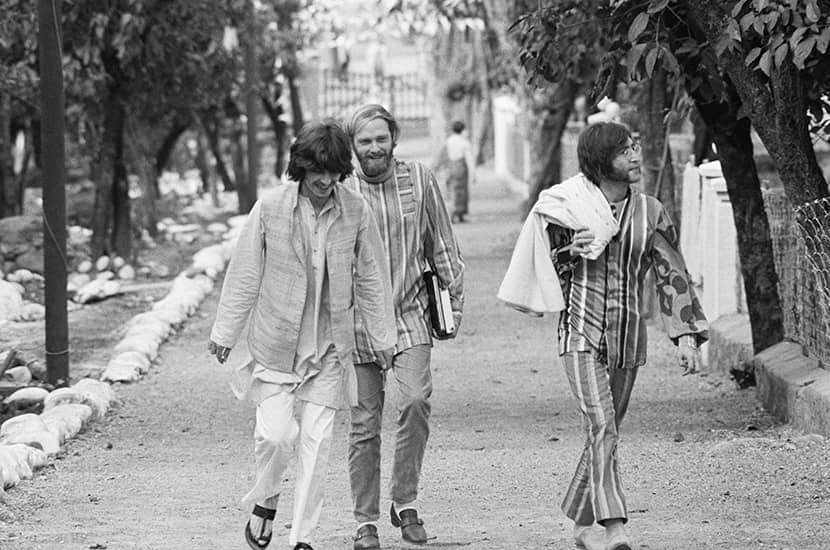On a Monday evening in May 1966, Paul McCartney and John Lennon visited a nightclub called Dolly’s in Jermyn Street. The two Beatles were accompanied by two Rolling Stones, Brian Jones and Keith Richards. Already at the club was Bob Dylan, stopping off in London on his European tour.
Dylan had first met Lennon and McCartney nearly two years earlier at the Delmonico Hotel in New York. All four Beatles, then in the first flush of American success, had gone to meet him after playing to thousands of screaming teenagers at a tennis stadium in Queen’s. Their fascination with his lyrical and emotional maturity was already showing in their songs. Although Dylan was less likely to admit it, the influence went both ways. Intrigued by the group’s musical sophistication (‘She Loves You’ uses nine chords, ‘Blowin’ in the Wind’ three), he was edging towards a poppier, band-based sound. That night, he introduced the Beatles to marijuana, which bent them further out of shape — or rather into a new one.
By 1966, the artists were pursuing ever more radical musical ideas. After Dolly’s, the assembled stars returned to Dylan’s suite at the Mayfair Hotel, where McCartney and Dylan each played pressings of songs from work-in-progress albums, which became Revolver and Blonde on Blonde respectively. The Beatles had expanded their repertoire of drugs, and McCartney played Dylan a song that was soaked in LSD: ‘Tomorrow Never Knows.’ It must have been impossible to hear this track for the first time and not be astonished by it. When the song ended, the Beatles awaited Dylan’s response. ‘Oh I get it,’ he said, ‘you don’t want to be cute anymore.’ It was both an exquisite putdown and transparently defensive.








Comments
Join the debate for just £1 a month
Be part of the conversation with other Spectator readers by getting your first three months for £3.
UNLOCK ACCESS Just £1 a monthAlready a subscriber? Log in